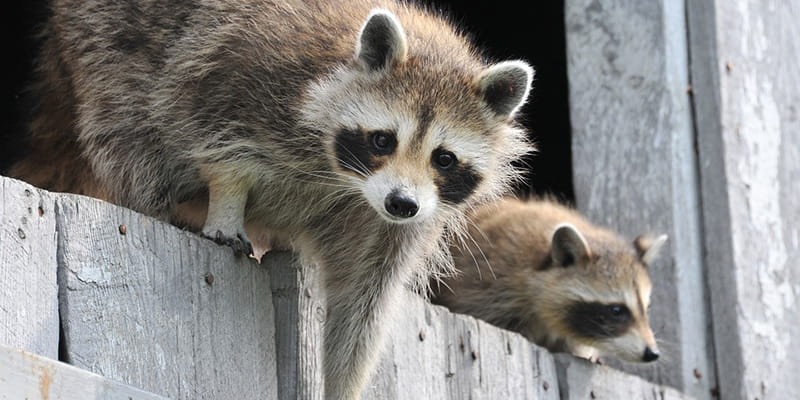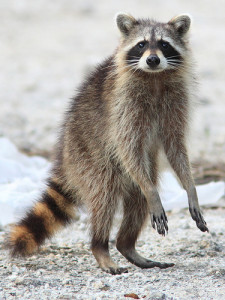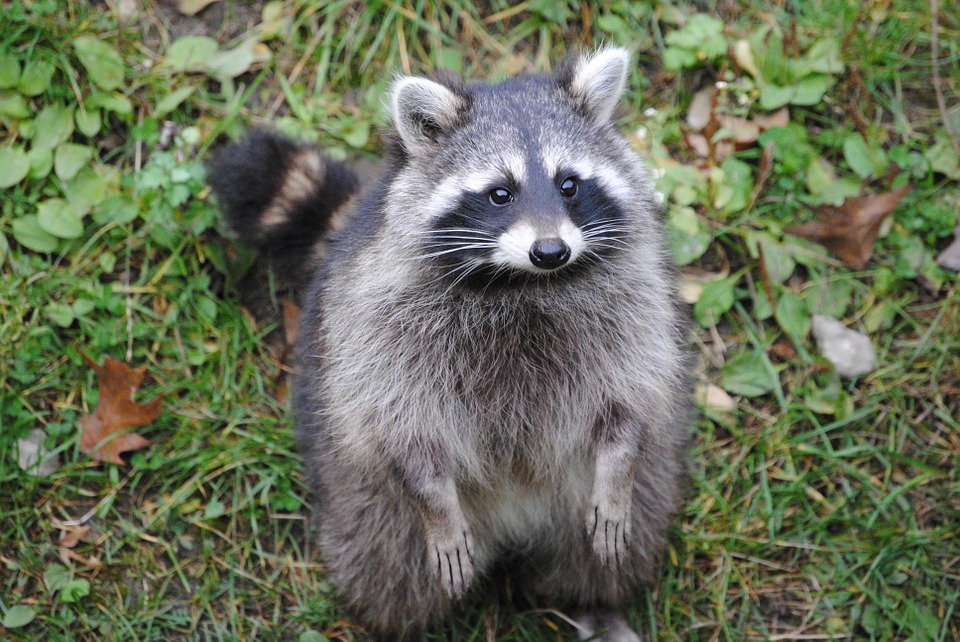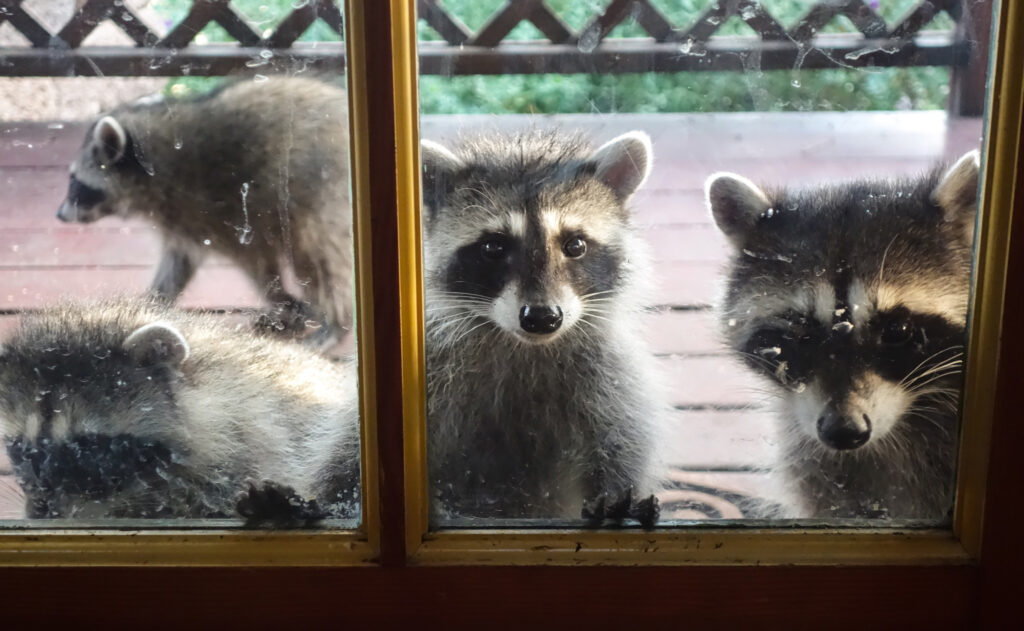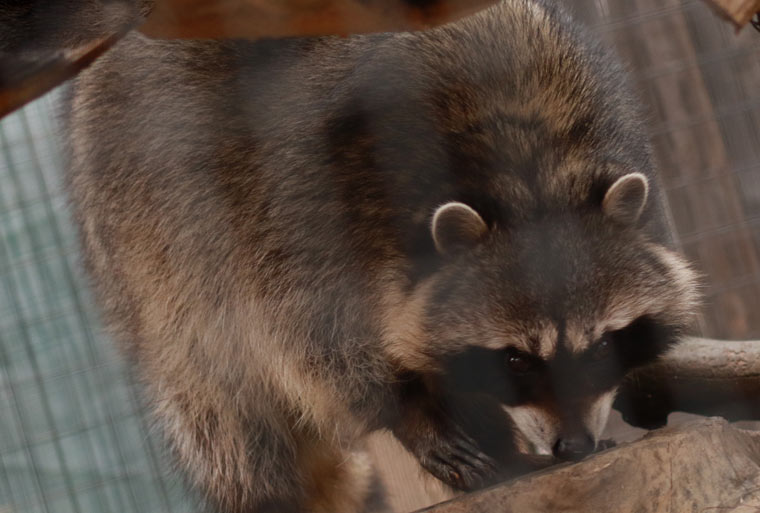Do Raccoons Leave Tracks In Attic
However come springtime female raccoons seek out warm and dry spaces where they can safely nest.
Do raccoons leave tracks in attic. Typically she stays. The nest of baby raccoons must be found removed and the mother trapped. Raccoons in the attic. Clean up the attic.
Raccoons use communal sites called latrines to do their business. Raccoons are mischievous and curious critters that are known for their strength and ability to climb. Unfortunately you are still only halfway to solving your problem. If you go in the attic and see and smell waste this is a clear sign that you have raccoons living there.
And if you do not do something about them you might wake up one day to find your goldfish missing. Once you get the raccoons out of your attic you will feel quite relieved. What to do if a raccoon is living in the attic be patient with a mother raccoon in the attic. The unwelcome guests are gone and your home is quiet again.
Here are the general steps for removing raccoons from an attic. Raccoons typically live in attic dens for short periods. Raccoon tracks may be confused with opossum tracks. Raccoons in the attic.
This almost always involves an adult female and a litter of baby raccoons. This is a very complex case. Raccoons can carry illnesses that can be spread to humans through bites or waste. Their climbing abilities allow them to reach top levels of homes and their strength gives them the ability to pry or rip open siding and roofs.
Inspect the home and find the entry hole s which are very large and. A home s attic is a perfect nesting space. This is especially a good method to use if you have raccoons in your attic as the scent will be much stronger indoors and drive them away. Why you should have raccoons removed from your attic right away.
Raccoons may leave urine and droppings throughout the attic. Raccoon droppings are tubular in shape similar to that of dogs and have a pungent odor. A female raccoon s gestation period lasts about 65 days. You might find latrines in all the same areas that would be used for dens under decks in attics sheds or at the base of trees near a hollow.
Raccoons are messy and they use your attic as a raccoon latrine. A good rule of thumb is to leave the raccoon at least 10 miles away from residential property such as a forest or other wooded area. Raccoon babies are independent by the end of summer when they leave the den and disperse from their family groups. Since they have a habit of making their homes in our attic getting rid of them may require some ingenuity.
Your first option is to do nothing at all. Raccoons also consider humans as predators and are so aggressive towards them especially when a female newly bred her young cubs and found by the homeowner it can never be humanely removed from the attic until the cubs grow and leave the den.
